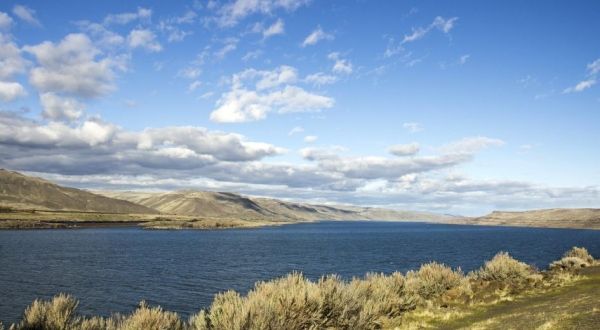Microplastics can be found everywhere — from the air to the ocean — but there's still much to learn about the sources and how they move through the landscape. With the help of a yearlong planning grant from the National Science Foundation, a Portland State-led research team will take a closer look at the microplastic cycle across the Columbia River Basin, one of the largest river basins in the U.S., with the goal of securing a larger research grant in the future.
The Columbia River Basin covers 258,000 square miles and includes parts of seven states and one Canadian province. In its 1,200-mile course to the ocean, the river flows through four mountain ranges and drains more water to the Pacific Ocean than any other river in North or South America.
Elise Granek, a professor of environmental science and management, said sources of plastics in those waters can range from agriculture to septic systems to dryer vents.
"Some sources emit microplastics that are in the air," she said. "Some of them settle on the land, some get washed into stormwater through rainfall events or washed into the river, and some get re-aerosolized. We want to better understand the sources of microplastics and how they differ between inland rural and urban areas before they reach coastal areas."
The project will involve sampling diverse sources of microplastic across rural and urban inland areas and convening a series of workshops with scientists, sanitation managers, industry representatives, educators, tribes, fishers and non-governmental organizations.
Heejun Chang, a geography professor, said engaging with a diverse group of stakeholders from the beginning to co-identify the problem and co-produce knowledge is key to tackling microplastic pollution.
Read more at: Portland State University
Columbia River on the eastern side of Oregon (Photo Credit: Bonnie Moreland/Flickr)


